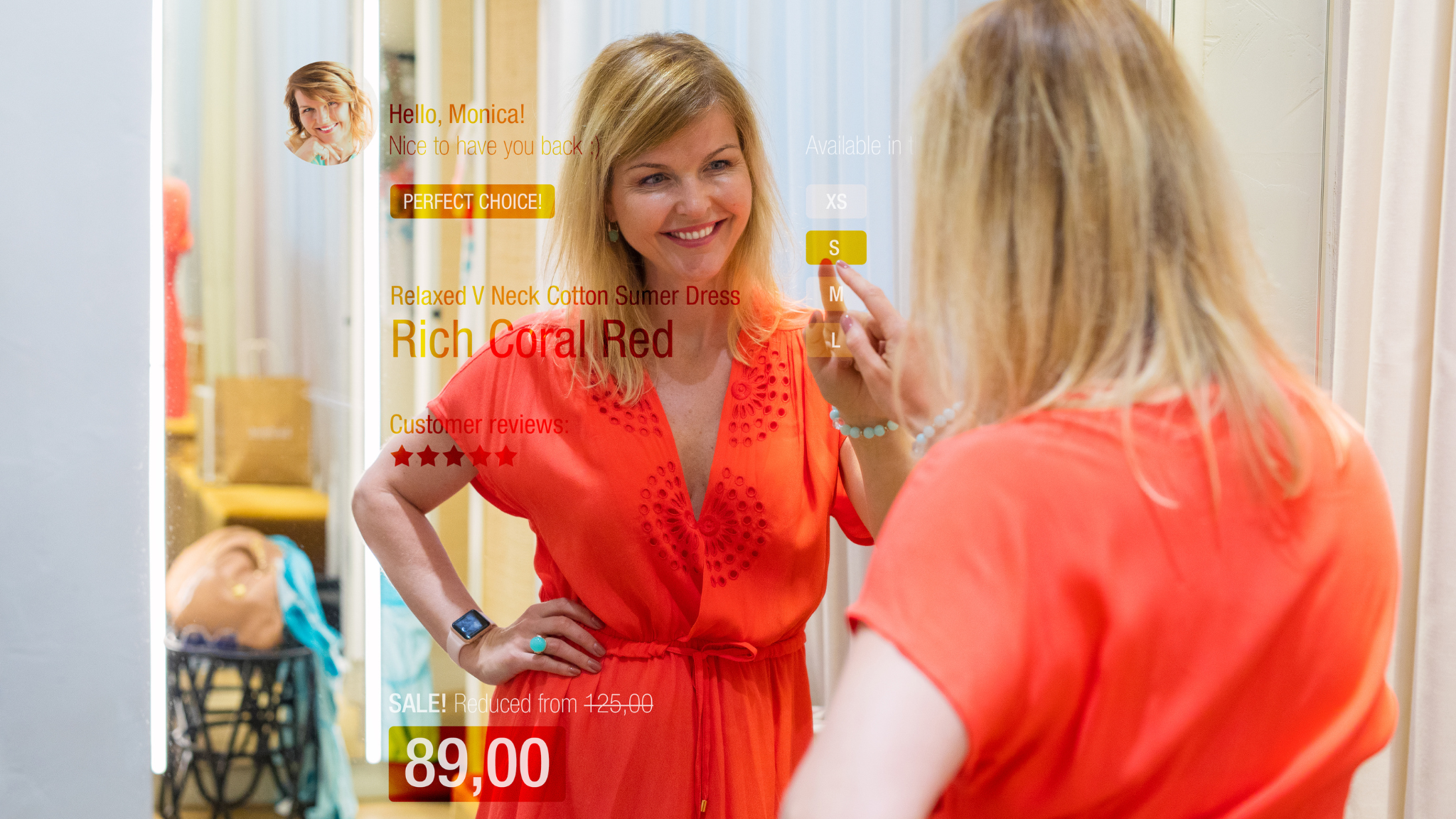The Buyer Experience Designer is the professional responsible for designing the interaction experience with brands and products for subsequent purchase. Their focus should be primarily on the customer's buying experience, and at the same time, they should have basic knowledge of technologies such as augmented reality or virtual reality to suggest applicable improvements. They will be aware of trends in experiences of this type to know what the customer expects from each of them and to ensure that the experiences offered by their company are up-to-date and meet the needs of users.

According to a study conducted by Transparency Market Research, Virtual Reality had a value of 148 million dollars in 2018 and it is estimated to reach 41 billion by 2024, with an annual growth rate close to 90%. Currently, it is estimated that augmented reality technology in the retail sector will exceed 6.7 billion dollars annually by 2028, with a compound annual growth rate of 20% starting in 2022. Some examples of the use of Virtual Reality in the buying experience are some travel agencies, which offer videos and virtual tours of their tourist destinations. In the case of the automotive sector, a 360-degree view of the cars and a kind of "virtual test" of them is offered. Another example is found in L'Oréal, on its website there is an online tool that allows you to try out a specific makeup in real time, just by providing a photograph. Another example within the retail sector, Mango and Vodafone are working together to integrate smart fitting rooms in all stores, capable of projecting different clothing items or accessories onto the person's reflection. Therefore, the customer can virtually visualize the garments without the need to browse the store, as well as try on different garments in various colors and sizes without the need to change clothes. And finally, very recently in Madrid, Inditex has materialized the opening of the largest Lefties store in the world, highlighting its latest technological innovations: smart fitting rooms, automation of online order collection, customization of garments...
Virtual Reality consists of the creation of interactive experiences generated by computers, which represent a simulated environment, mainly representing visual and auditory information. The experiences presented to the user can be based on both fiction and the representation of real situations. According to ABI Research, the buying experience, and the consumer sector in general, is an area where Virtual Reality will have a profound impact. On the other hand, Augmented Reality (AR) is the combination of the environment surrounding us with information from digital media in real-time. This technology generates an experience in which the user interacts with both the real and digital world at the same time, and this interaction can involve multiple senses at once (sight, hearing, touch...). The buying experience has become one of the fundamental elements in the way the customer interacts with the brands and the products they offer. This fact gives the customer the opportunity to see and customize items in a more realistic way.
If you are wondering what to study, do not hesitate and discover with Singularity Experts, which high employability job best fits your abilities and interests.
